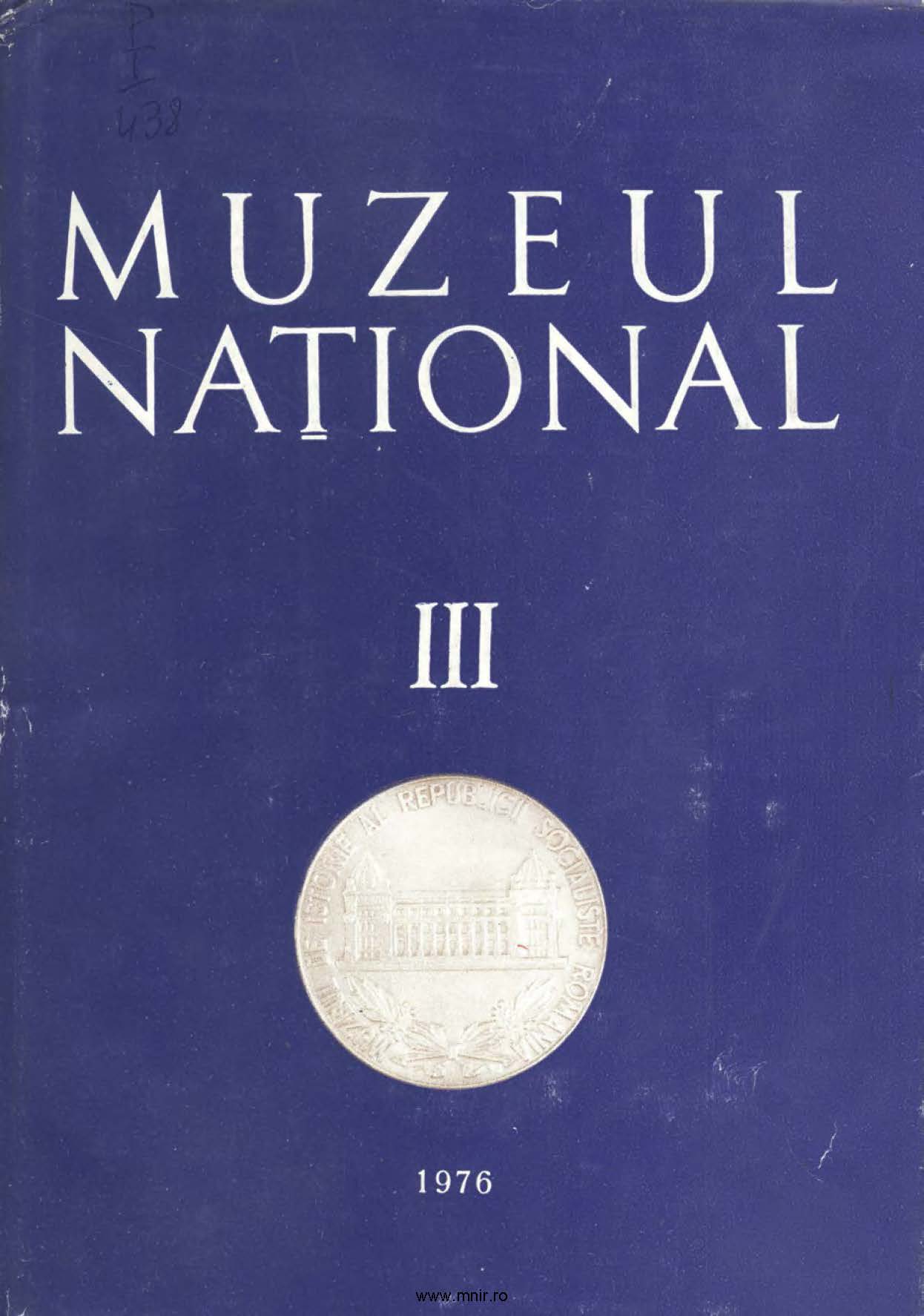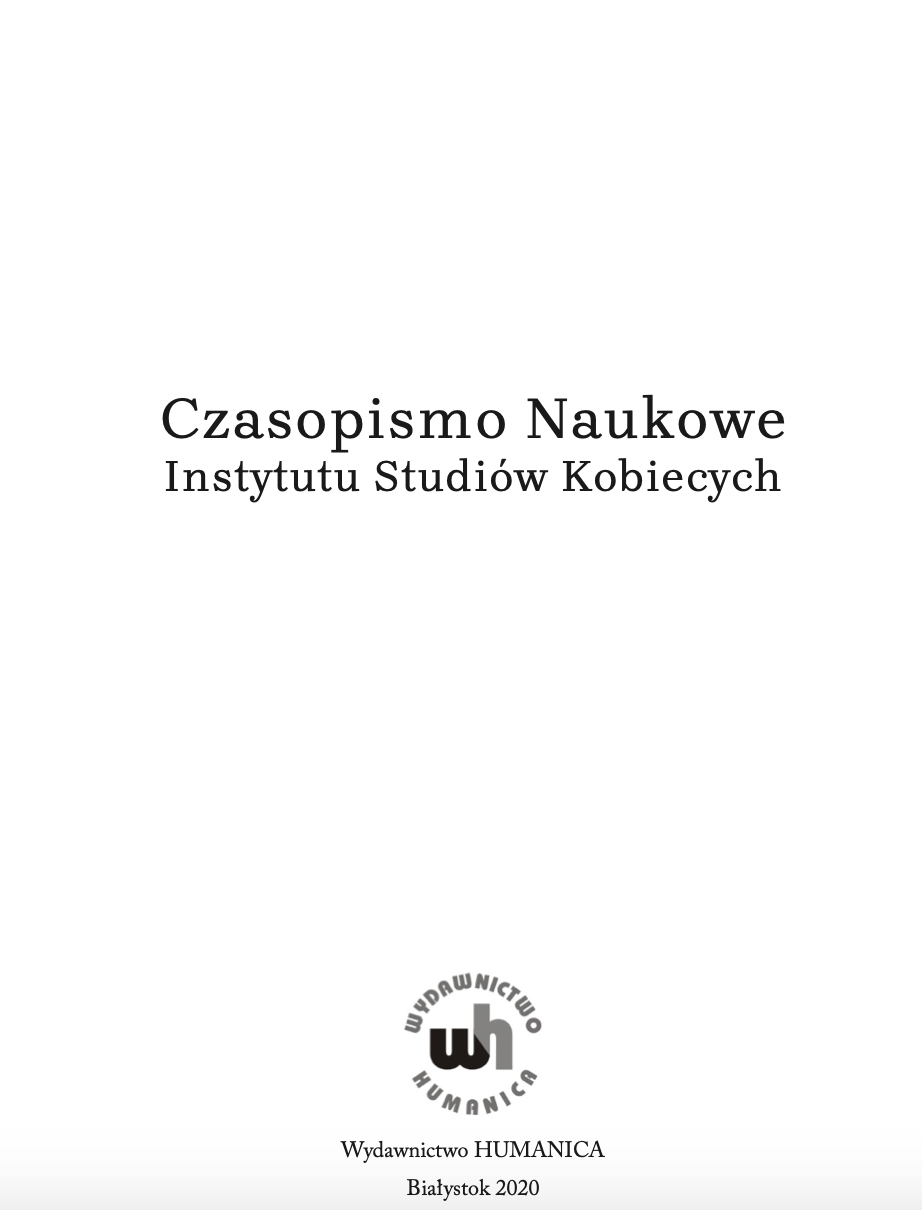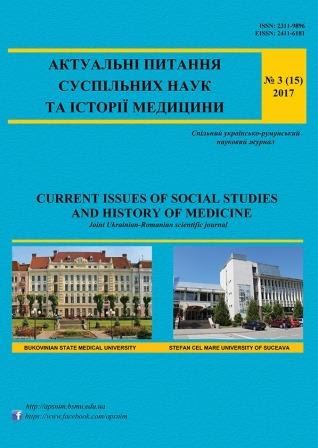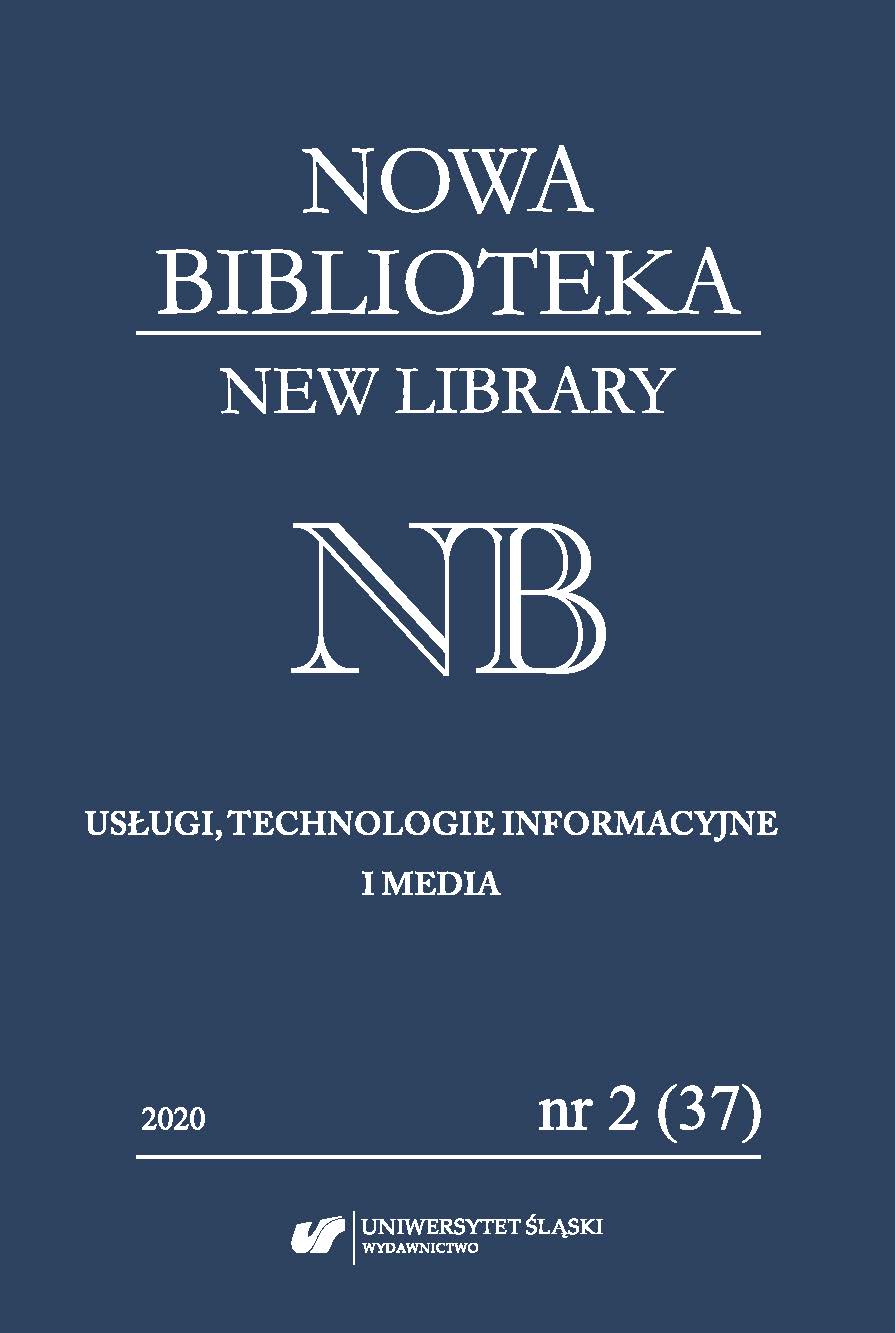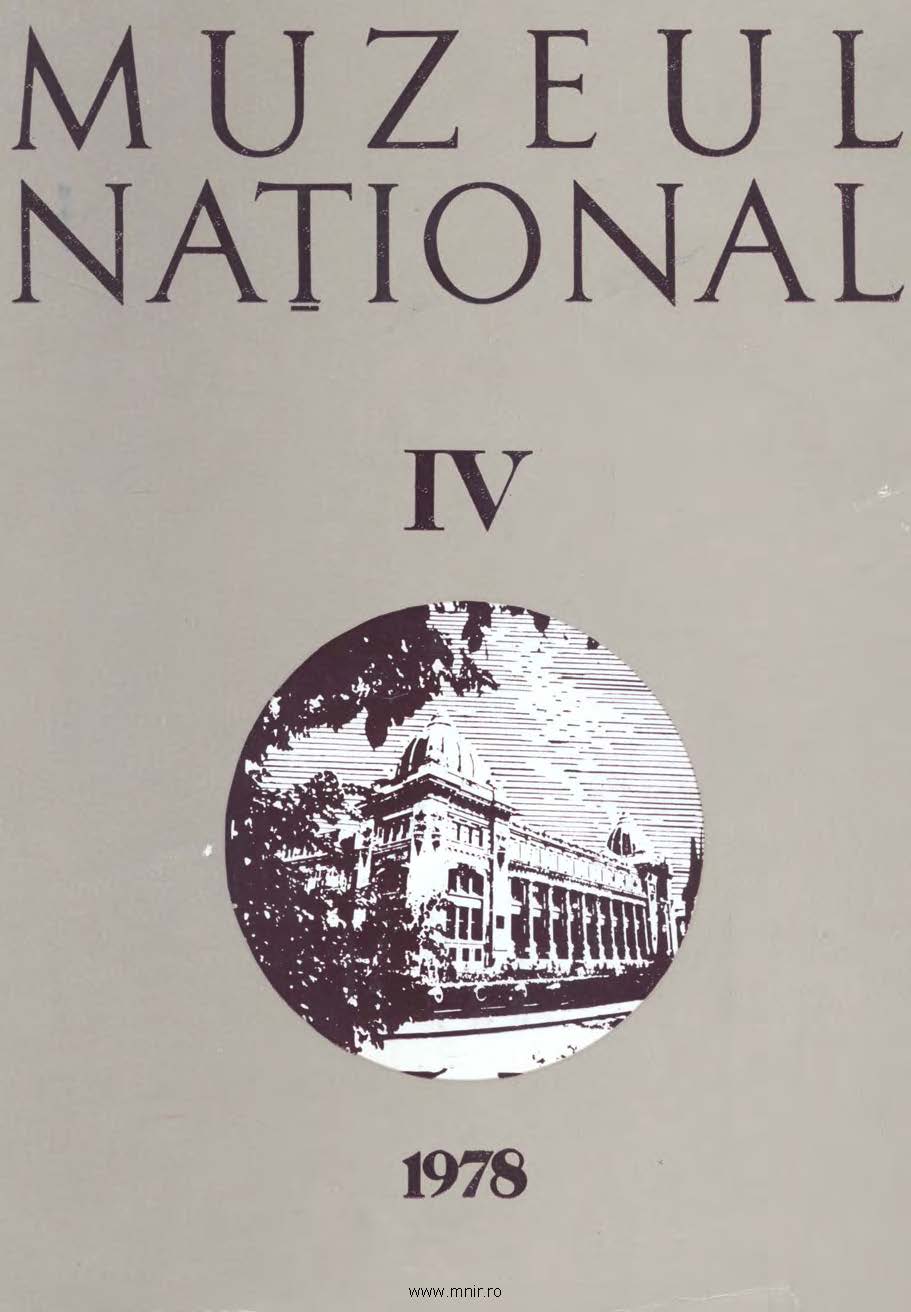Author(s): Bogdana Irimia / Language(s): Romanian
Issue: 3/1976
Le perfectionnement de la recherche scientifique dans le cadre de l'ample action d'inventaire systhémathique des oeuvres d'art appartenant au patrimoine culturel national réclame l'utilisation des méthodes modernes d'analyse documentaire. L'expérience des autres pays a démontré que l'utilisation des méthodes de l'informatique peuvent être appliquées avec succès et offrir des résultats intéressants dans le domaine de l'histoire de l'art. Ces méthodes utilisées dans le cadre des recherches sur les ensembles de peinture murale du moyen âge de notre pays permettent l'élaboration d'analyses détaillées, rigoureusement scientifiques, comparatives, tant du point de vue iconographique que du point de vue du style, qui constitueront une base de discussions concernant les nouvelles méthodes modernes d'investigation, appliquées à l'avenir dans les recherches individuelles et en vue de l'utilisation des analyses obtenues à l'aide du calculateur électronique. Pendant cette première phase de la recherche il convient que les représentations picturales soient formalisées, décrites selon un schéma type, élaboré par nous en fonction des caractéristiques formelles et matérielles générales et particulières des images. Différentes catégories de fiches systhématisées, formant un corpus de documents se référant aux divers thèmes iconographiques analysés chronologiquement, ou classifiés, ou bien aux cycles iconographiques ou ensembles de peinture murale représentatives, constitueront des répertoires détaillés, ayant une double function:
1. nécessaires aux recherches individuelles, constituant d'utiles instruments de travail;
2. nécessaires aux analyses éléctroniques, après avoir été tout d'abord codifiés et introduits dans la mémoire du calculateur. L'application conséquente des mtéhodes de l'informatique aux analyses iconographiques et de style auront comme résultat l'élaboration d'études statistiques concernant les solutions structurales dans leur diversité, études se référant à des principes nouveaux de classification des images et des théories nouvelles d'ordre esthétique. Ces analyses permettront en fin de compte l'élaboration de tableaux scientifiques comparatifs, de statistiques concernant l'évolution des peintures murales du moyen âge dans les différentes zones du pays. Quant aux modalités de calcul éléctronique, il est nécessaire que les historiens d'art, en collaboration avec les mathématiciens, élaborent un „lexique documentaire" qui sera utilisé à indexer le stoc d'informations résultées de la recherche des peintures murales, qui seront réceptionnées par le calculateur. Les résultats finals obtenus par l'exploitation automate des documentations se montreront utiles à l'élaboration des études comparatives d'iconographie et de style, des études statistiques, de l'évidence centralisée et à la vérification des Les recherches à l'aide du calculateur éléctronique peuvent être également hypothèses appliquées avec succès dans les domaines de l'histoire de l'art, en assurant un système organisé et des méthodes d'investigation se basant sur la technique de la classification, méthodes qui garantiront des données d'une rigueur scientifique à l'appui des analyses complexes et diversifiées. Dans ce processus, le rôle de l'historien d'art est particulièrement précieux, ses connaissances étant en permanence impliquées dans la vérification de la cor-rectitude des résultats des analyses éléctroniques. L'application des méthodes de l'informatique dans le domaine de la recherche des peintures murales du moyen-âge en Roumanie, contribueront de façon certaine à la modernisation des recherches scientifiques.
More...
